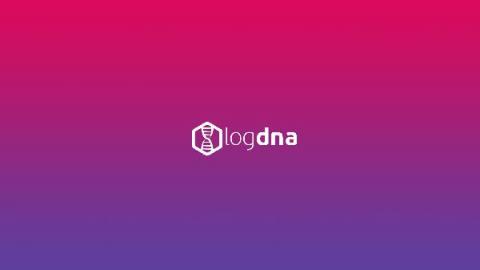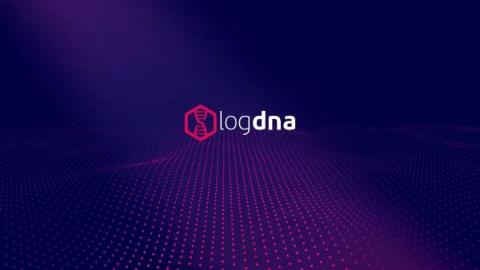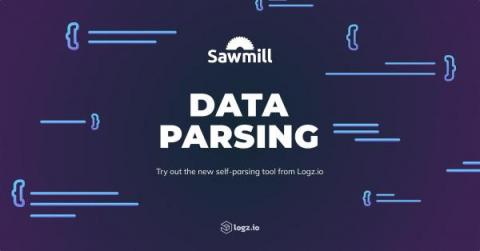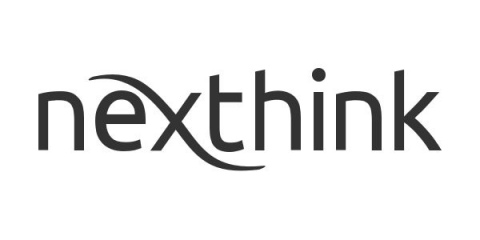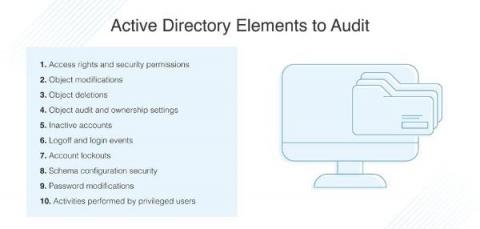A CISO's Guide to Log Management for Cybersecurity
In today’s highly interconnected worlds, CISOs face a dual challenge: protecting data and reporting to the Board of Directors. Log management has long been a tool in the CISO’s back pocket, helping gain insight into potential security issues. However, the rise of cloud-based infrastructures changes this, making log management increasingly difficult.






